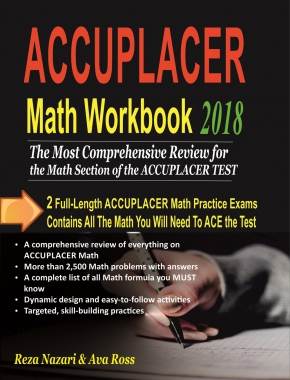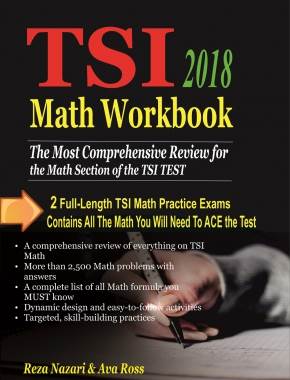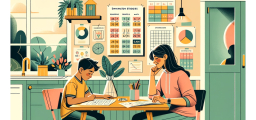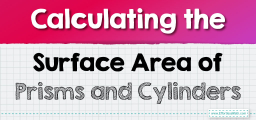How to Unravel the Essential Properties of Rectangles

Practice Questions:
- Imagine a rectangle with a length of \(15\) units and a breadth of \(7\) units. Calculate its area, perimeter, and diagonal length.
- A rectangle has a perimeter of \(44\) units. If its length exceeds its breadth by \(10\) units, determine the dimensions of this rectangle.
- Rectangles have a cousin named the square. Given a square with a side measuring \(9\) units, compute its area, perimeter, and diagonal length.
- Area: \(15 \times 7 = 105\) square units. Perimeter: \(2(15 + 7) = 44\) units. Diagonal: \(\sqrt{15^2 + 7^2} = \sqrt{274} \approx 16.55\) units.
- Let the breadth be (x). Thus, the length is \(x + 10\). From the given perimeter, \(2(x + x + 10) = 44\). Solving, we get \(x = 12\). So, the breadth is \(12\) units, and the length is \(22\) units.
- Area: \(9 \times 9 = 81\) square units. Perimeter: \(4 \times 9 = 36\) units. Diagonal: \(\sqrt{9^2 + 9^2} = 9\sqrt{2} \approx 12.73\) units.
Original price was: $109.99.$54.99Current price is: $54.99.
Original price was: $109.99.$54.99Current price is: $54.99.
Original price was: $114.99.$54.99Current price is: $54.99.
Related to This Article
More math articles
- Algebra Puzzle – Challenge 58
- Top 10 Tips You MUST Know to Retake the CLEP College Math
- Full-Length TSI Math Practice Test-Answers and Explanations
- The Virtual Classroom Advantage: How Online Math Tutors Enhance Elementary Math Education
- 7 Best PSAT Math Study Guides
- The Ultimate PARCC Algebra 1 Course (+FREE Worksheets)
- The Ultimate CLEP College Mathematics Course (+FREE Worksheets & Tests)
- A Comprehensive Collection of Free CLEP College Mathematics Practice Tests
- 8th Grade ILEARN Math Worksheets: FREE & Printable
- Top 10 SHSAT Prep Books (Our 2023 Favorite Picks)





















What people say about "How to Unravel the Essential Properties of Rectangles - Effortless Math: We Help Students Learn to LOVE Mathematics"?
No one replied yet.